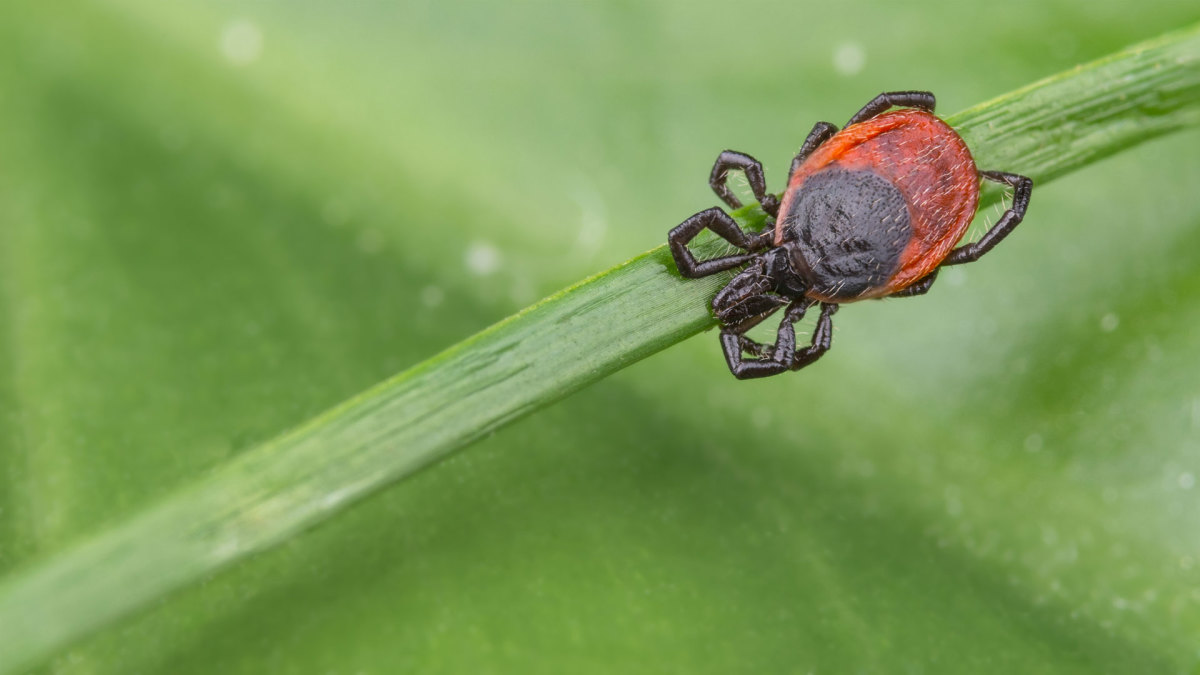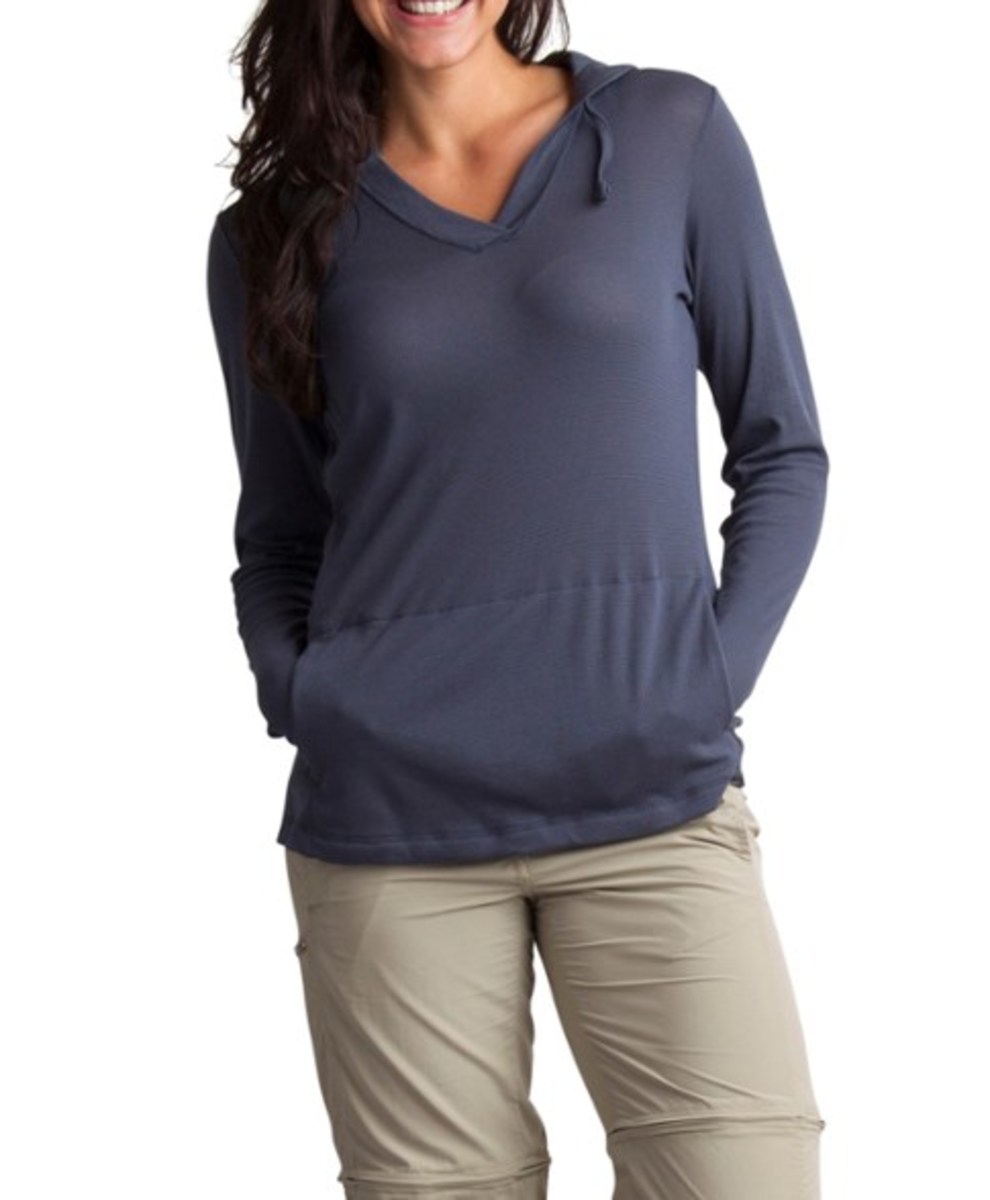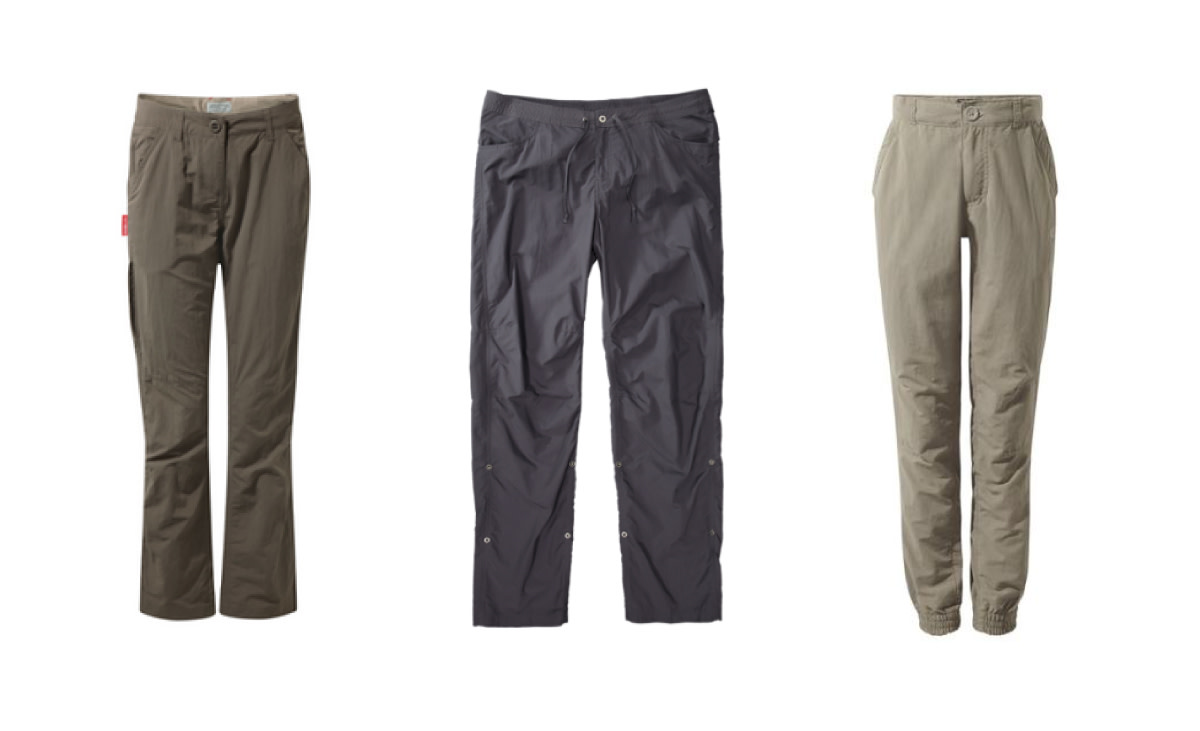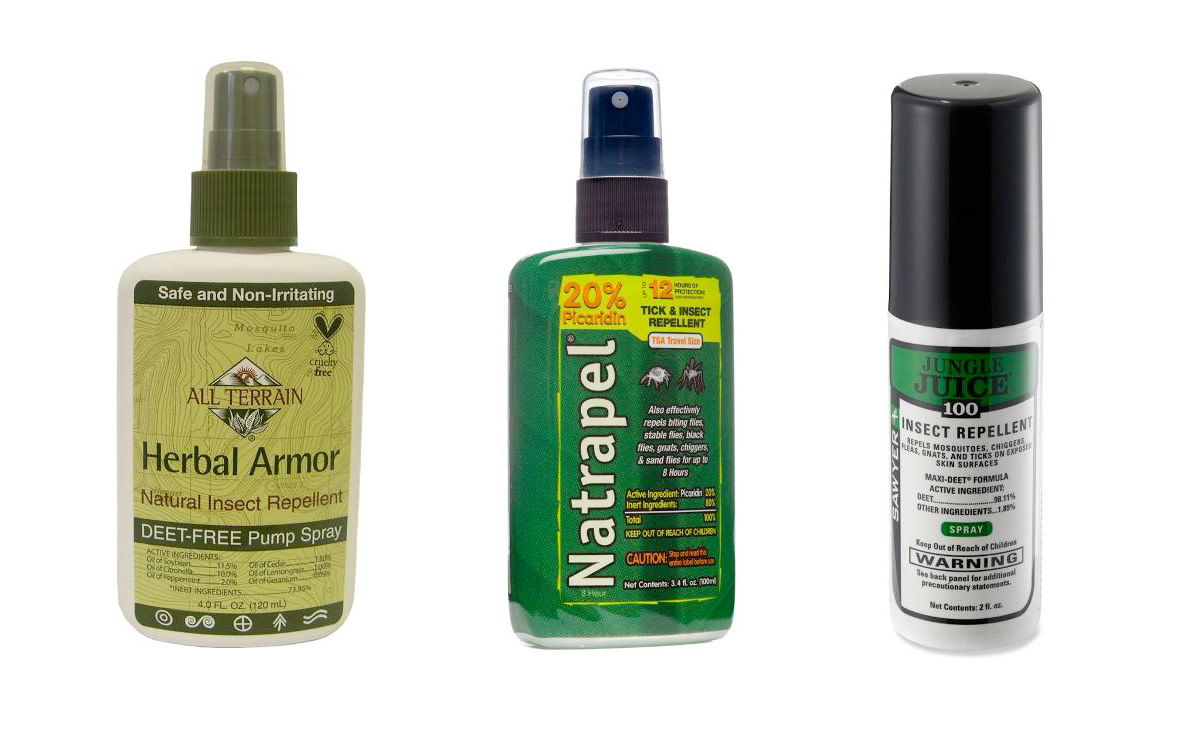Ticks were once considered just an annoying insect. Now they’re a veritable health hazard. With the rise in Lyme disease, a potentially serious medical condition transmitted through the bacteria in infected adults and even babies, the deer tick has become enemy number one.

Put simply, ticks are not worth messing around with. You want to prevent any interaction with these bloodsuckers, not to mention letting one hook on for too long.
To help you avoid both issues, here are some basic tips about how to steer clear of ticks while outdoors—and recover quickly should one take your sweaty skin for a snack.
Where They Hang Out

Ticks like woods and areas with plentiful grass and brush. (They hang out on animals, too.) So if you like to hike, bike, camp, or do pretty much any outdoor activity, there’s a good chance you’ll enter tick territory at some point.
Stay near the middle of trails when you can. And if you live near high-tick areas like the Northeast, they may already be in your yard. You can’t always avoid these areas, but it’s good to be cautious where you know ticks like to spend time.
It’s also important to learn which ticks populate the place you live or plan to visit. (There are over 80 kinds.) We know the deer (or blacklegged) tick carries the most serious disease, Lymes. It’s recognizable by its reddish-brown body. Others like the Lone Star, American Dog, Rocky Mountain Wood, and Dog tick types do not transmit Lyme disease, but can still transmit other nasty things.
What to Wear

Your best chance of fighting off ticks is by wearing the right layers. Long sleeves and pants are your best form of protection. To make sure you don’t fry, try for light-colored clothing. You can even tuck your pant legs into your socks (we won’t tell) for more protection.
Then there’s the second step of adding some sort of repellent to clothes, boots, and camping gear. However the most commonly used tick-busters—something with at least 20-percent DEET and permethrin (or picaridin)—are not so human-friendly, so you can look into other natural options if you’re concerned.
Some people swear by herbs like rose geranium, sweetgrass, pennyroyal, rosemary, among others. Or you can always check repellents registered with the EPA.
What to Do After a Bite
You can try all these precautions. You can be diligent about checking your clothing, pets, and body parts (especially ears, underarms, back of the knees, and scalp) after you’re in the bush and you can even take a shower right after you come in to help unhinge the insects before they bite. But one day, an eight-legged (not six), blood-sucking tick will certainly take hold, and you’ll want to act fast.
The Center for Disease Control recommends good old tweezer extraction. (The fine tips can even help you with a sesame seed-size nymph tick.) Position the tweezers as close to the skin as possible and pull straight out. No twisting, no squishing, no burning the tick off (as much as you would like to kill that sucker).
Then wash the bite area with soap and water. If you’re concerned about what type of tick it is, save it in a container and take it in for inspection. Most illnesses are transmitted within 24 hours of exposure, but signs can show up days or weeks later. Get to a doctor if you can’t remove the tick, or if after doing so you see a big red “bull’s eye” appear at the bite area, or start having flu-like symptoms.
And if you’re in a high deer tick area and feel any of these symptoms (with or without actually seeing or removing the tick), get in for antibiotics. Lyme disease is highly treatable when caught early.
Recommended Gear

Top layers like the ExOfficio BugsAway Lumen Women’s Hoodie or the BugsAway Men’s Tarka Shirt are great places to start.
You can also double your chances of a tick-free hiking trip by wearing a bottom layer that’s just effective as the top. Craghoppers NosiLife Women’s Trousers or the ExOfficio BugsAway Damselfly Pants are gonna protect you from the waist down. They also make them for in youth sizes (so your kiddos can be covered, as well) with the Craghoppers NosiLife Terrigal Trousers.

If you’re looking for something more like a repellent (and you’re not opposed to products with DEET) then you’ll certainly want to try something like Sawyer Jungle Juice 100 Pump Spray Insect Repellent or Ben’s 100 Max Formula Insect Repellent.

However, if you’d like to go more of the natural route, there are definitely some options out there, such as Natrapel 8-hour insect repellent that will keep bugs away without harsh chemicals such as DEET, or All Terrain Herbal Armor DEET-Free Natural Insect Repellent.
And don’t forget to cover your head and neck with something like the Buff UV Insect Shield Headwear or even the Sea to Summit Head Net with Insect Shield if you plan on going somewhere with extreme cases of insects.
from Men's Journal https://ift.tt/2M2bnWQ
No comments:
Post a Comment